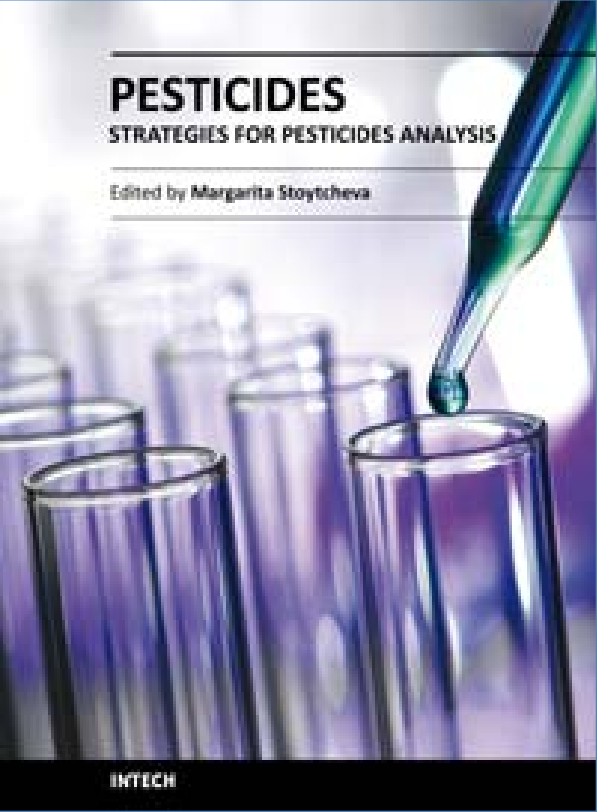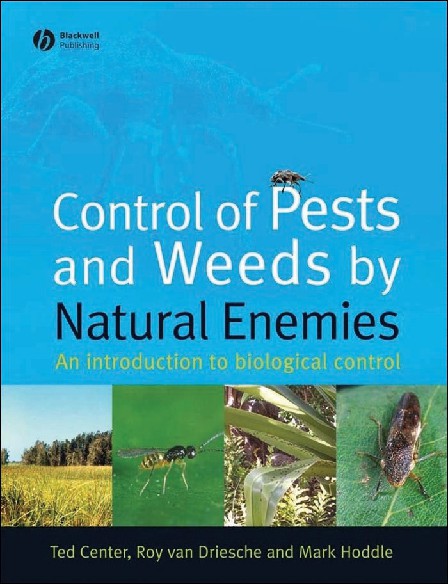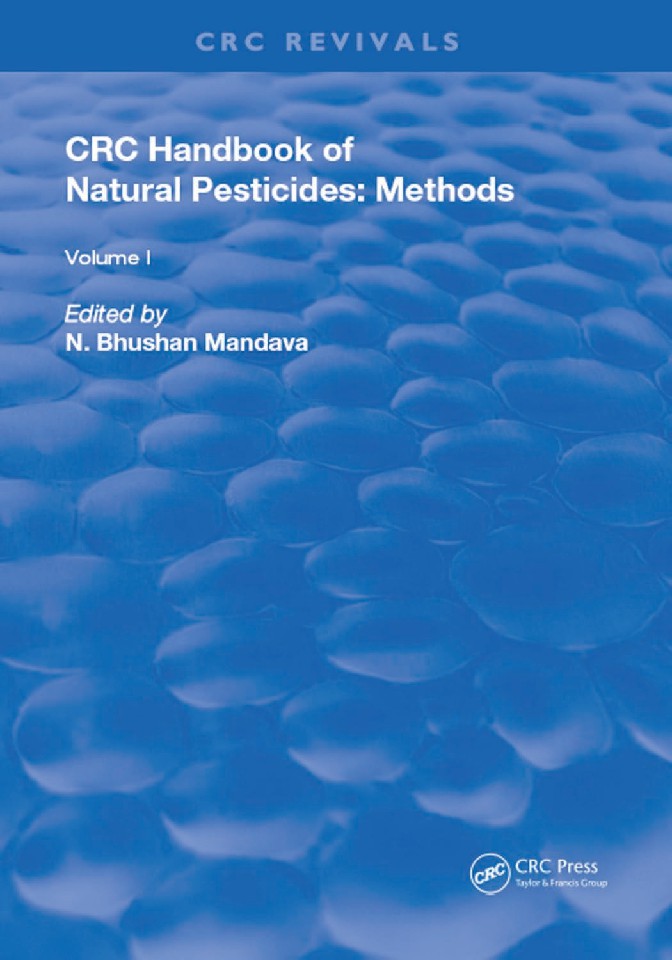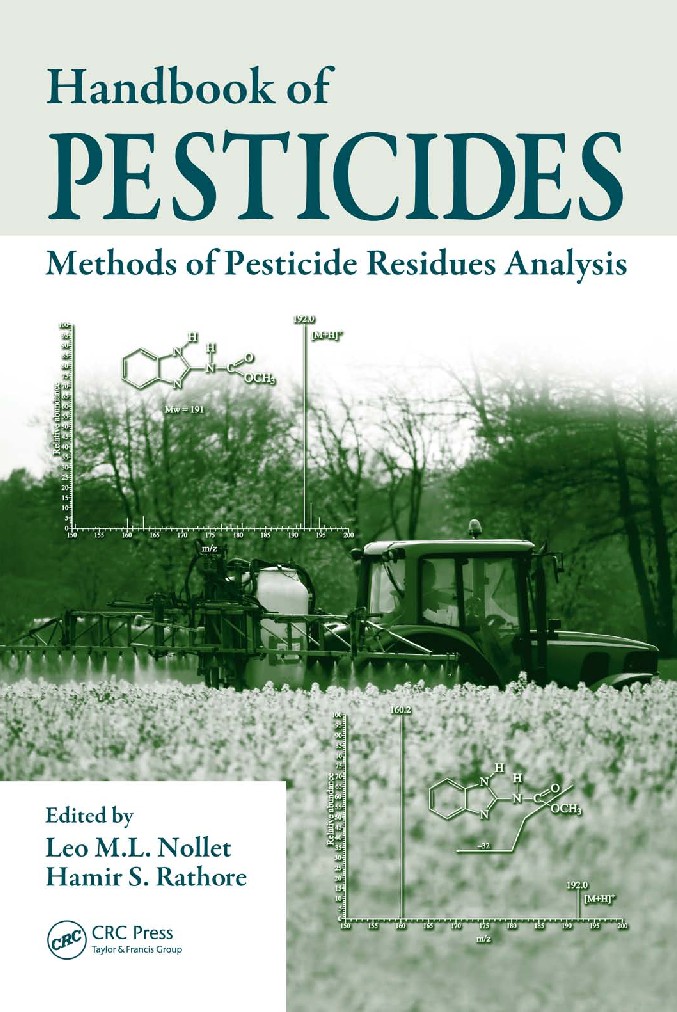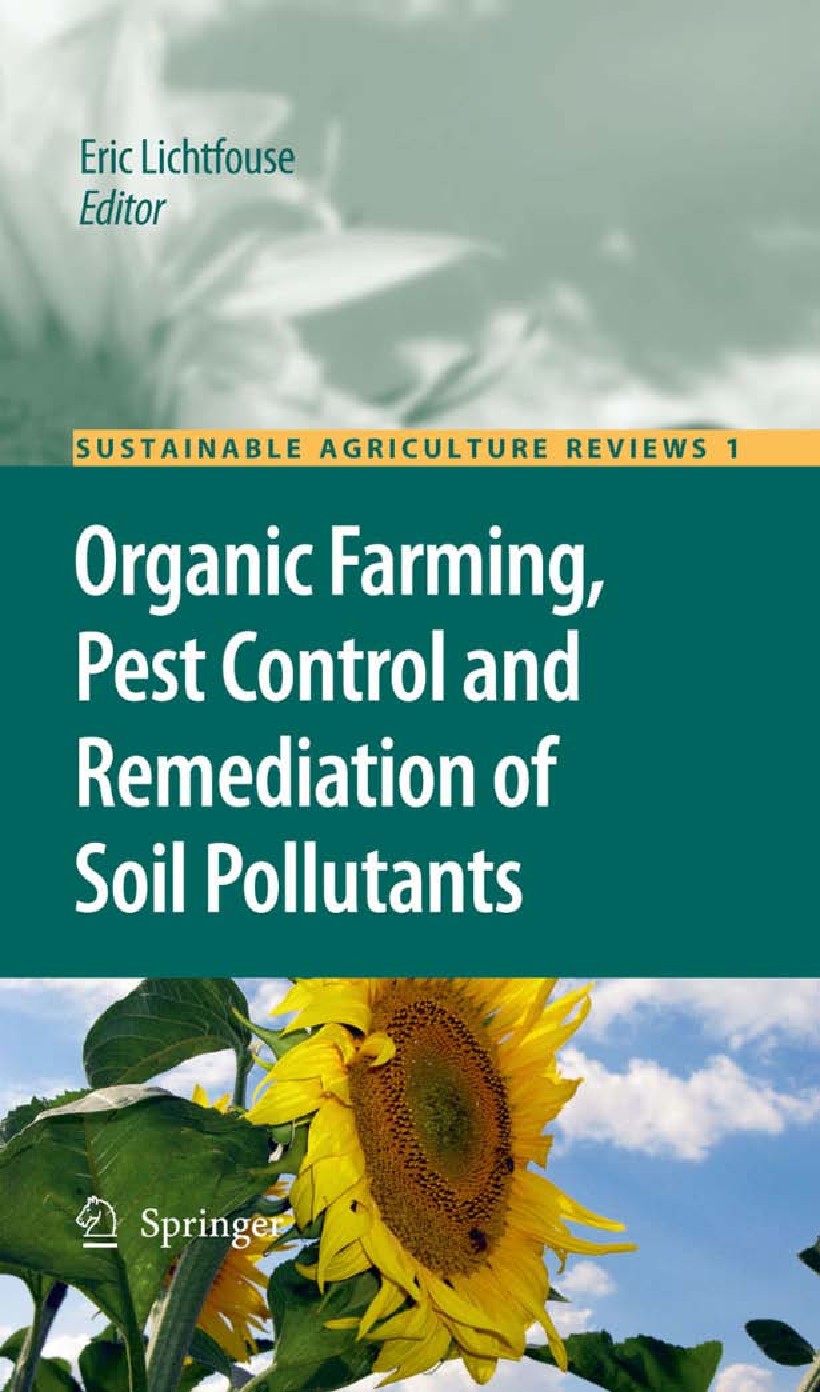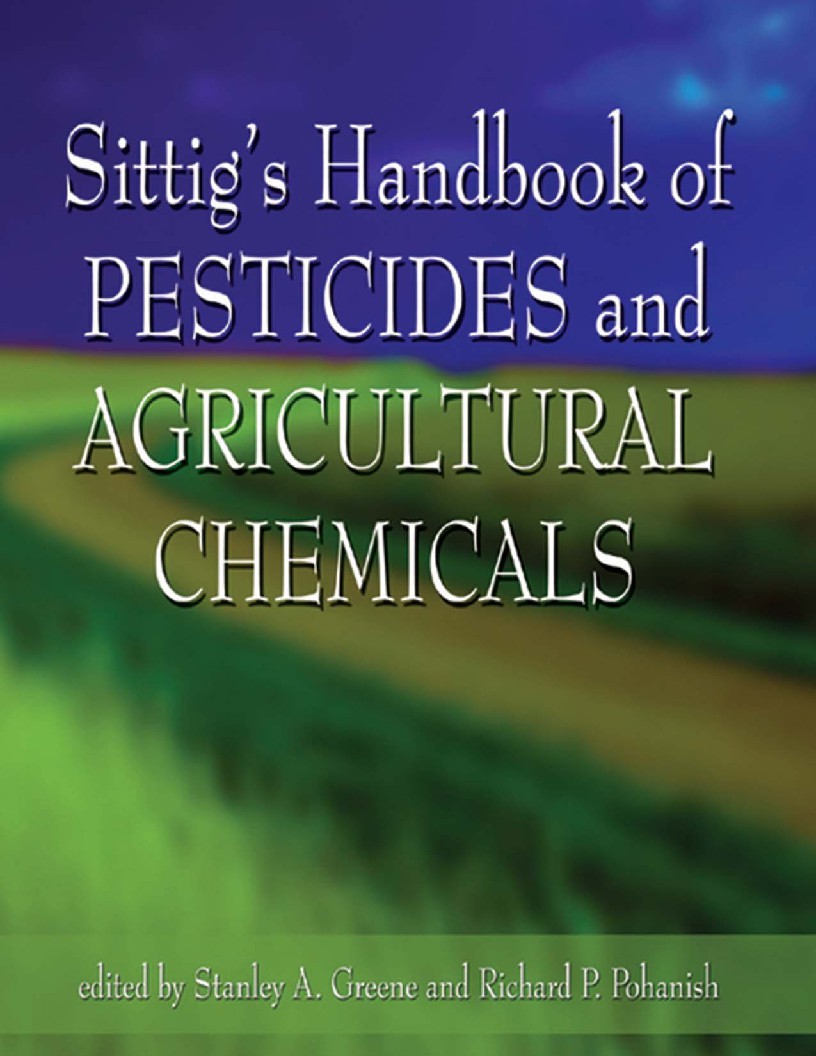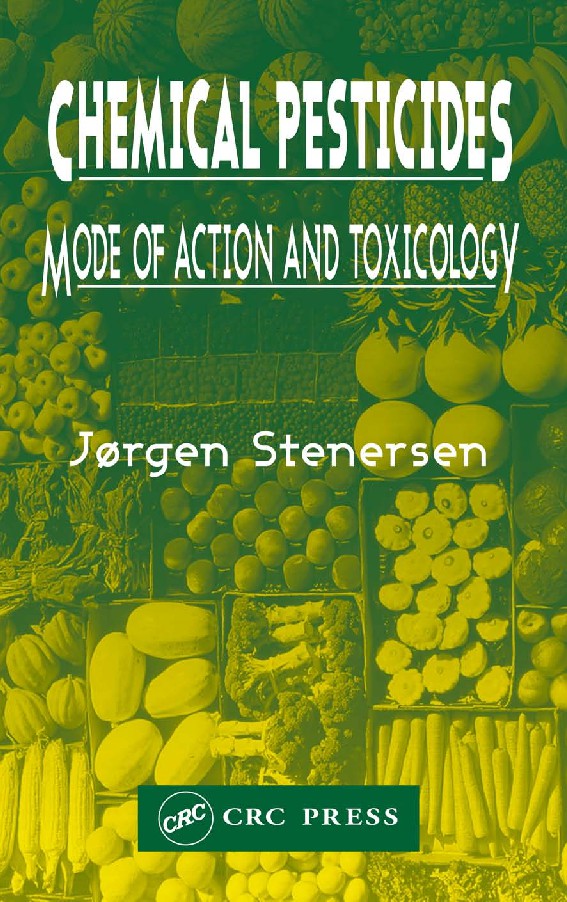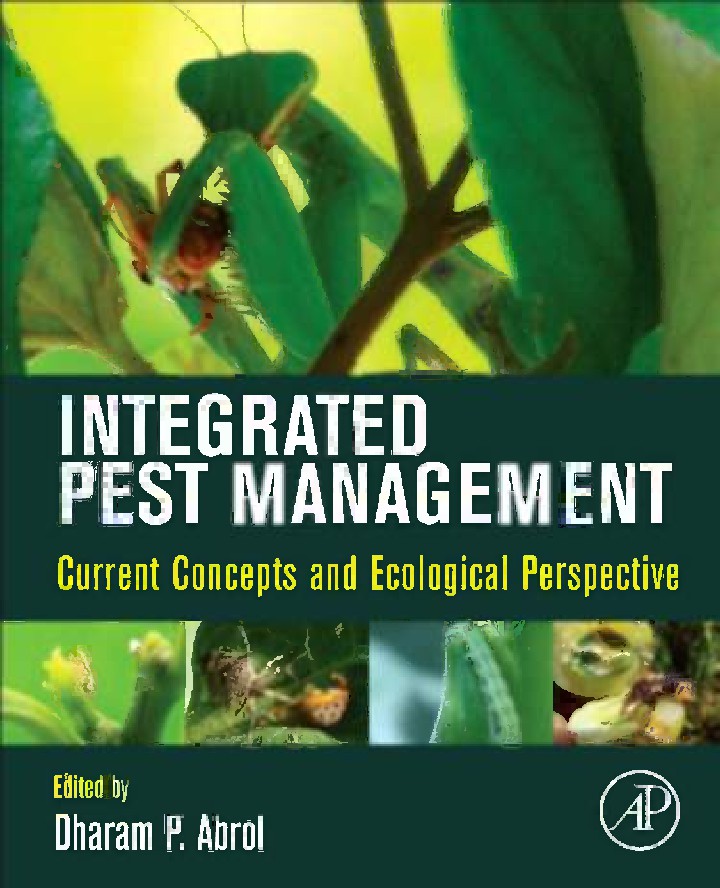Book Details

Sweet Potato Processing Technology by Cheng Wang, Hongnan
Sweet potato, a spiral flowering annual or perennial herb classified
into the Ipomoea category of the Convolvulaceae section, commonly
known as Hongshu, Baishu, Digua, Fanshu, Hongyu, and Hongshao,
was introduced from Latin America into China in the Wanli Period of
the Ming Dynasty, and has a cultivation history in China of over 400
years. The cultivation of sweet potato is characterized by low-input,
high-output, and drought and nutrient-stress resistant. Sweet potato is
a major food crop only behind wheat, rice, and corn in China. It is
mainly used for making starch and related products, such as starch
noodles. However, in these production processes, a large number of
by-products are produced, such as sweet potato juice, residues, peel,
and cirrus. These by-products contain protein, dietary fiber, pectin,
anthocyanin, chlorogenic acid, and many other functional components,
which play important roles in regulating the functions of human body.
It is important to support research and development of the nutritional
and functional components extracted from sweet potato and its byproducts,
as well as their application. This will be of great significance
in promoting a healthy industrial structure for the sweet potato processing
industry and developing human dietary habits.
Author: Academic Press
Pages: 447
Issue By: eBook 707
Published: 2 years ago
Likes: 0

